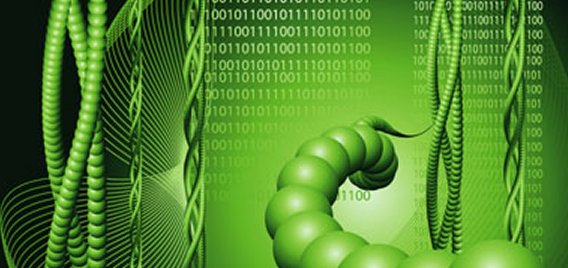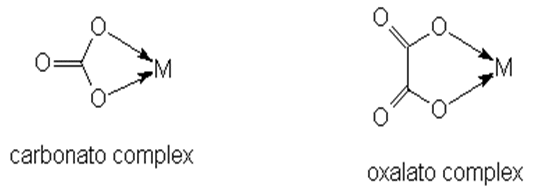Chemical and Process Engineering Resources

Biosorption Mechanisms
Various metal-binding mechanisms have been postulated to be active in biosorption, such as:
- Chemisorption by ion exchange, complexation, coordination and/or chelation
- Physical Adsorption
- Microprecipitation
- Oxidationeduction.
Due to the complexity of the biomaterials used, it is possible that at least some of these mechanisms are acting simultaneously to varying degrees, depending on the biosorbent and the solution environment.
Ion Exchange
Ion exchange is a reversible chemical reaction wherein an ion in a solution is exchanged for a similarly charged ion attached to an immobile solid particle. These solid ion-exchange particles are either naturally occurring inorganic zeolites or synthetically produced organic resins. Synthetic organic resins are the predominant type used today because their characteristics can be tailored to specific applications.
Ion exchange reactions are stoichiometric and reversible, and as such they are similar to other solution-phase reactions. For example, in the reaction
NiSO4 + Ca(OH)2 Ni(OH)2 + CaSO4
the nickel ions of the nickel sulfate (NiSO4) are exchanged for the calcium ions of the calcium hydroxide Ca(OH)2 molecule.
Chelation
The word chelation is derived from the Greek word chele, which means claw, and is defined as the firm binding of a metal ion with an organic molecule (ligand) to form a ring structure. The resulting ring structure protects the mineral from entering into unwanted chemical reactions. Examples include the carbonate (CO32-) and oxalate (C2O42-) ions:
 |
| Figure 1: Carbonate and Oxalate Complexes |
Coordination (Complex Formation)
A coordination complex is any combination of cations with molecules or anions containing free pairs of electrons. Bonding may be electrostatic, covalent or a combination of both; the metal ion is coordinately bonded to organic molecules. Example of the formation of a coordination compound are:
Cu2+ + 4H2O [Cu(H2O)]42+
Cu2+ + 4Cl- [CuCl4]2-
where coordinate covalent bonds are formed by donation of a pair of electrons from H2O and Cl- (Lewis bases) to Cu2+ (Lewis acid).
In general, biosorption of toxic metals and radionuclides is based on non-enzymatic processes such as adsorption. Adsorption is due to the non-specific binding of ionic species to polysaccharides and proteins on the cell surface (Figure 2) or outside the cell4,19. Bacterial cell walls and envelopes, and the walls of fungi, yeasts and algae, are efficient metal biosorbents that bind charged groups. The cell walls of gram-positive bacteria bind larger quantities of toxic metals and radionuclides than the envelopes of gram-negative bacteria.
Bacterial sorption of some metals can be described by the linearized Freundlich adsorption equation:
log S = log K + n log C
where:
S is the amount of metal absorbed in mol/g
C is the equilibrium solution concentration in mol/L
K and n are the Freundlich constants.
Biomass deriving from several industrial fermentations may provide an economical source of biosorptive materials. Many species have cell walls with high concentrations of chitin, a polymer of N-acetyl-glucosamine that is an effective biosorbent.
Biosorption uses biomass raw materials that are either abundant (e.g., seaweeds) or wastes from other industrial operations (e.g., fermentation wastes)9. The metal-sorbing performance of certain types of biomass can be more or less selective for heavy metals, depending on the type of biomass, the mixture in the solution, the type of biomass preparation, and the chemical-physical environment.
It is important to note that the concentration of a specific metal in solution can be reduced either during the sorption uptake by manipulating the properties of the biosorbent or upon desorption during the regeneration cycle of the biosorbent.

 FB
FB

0 Comments